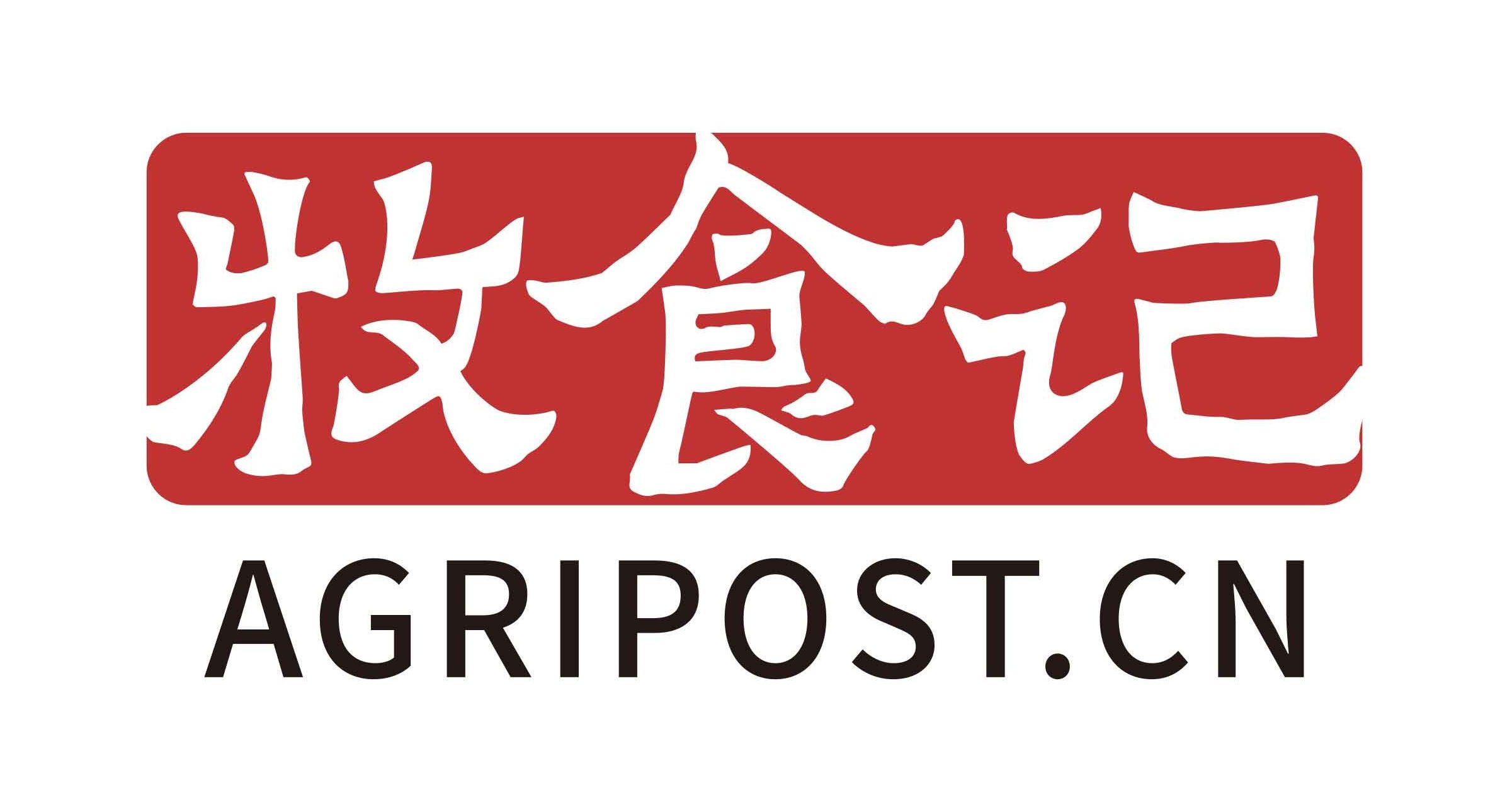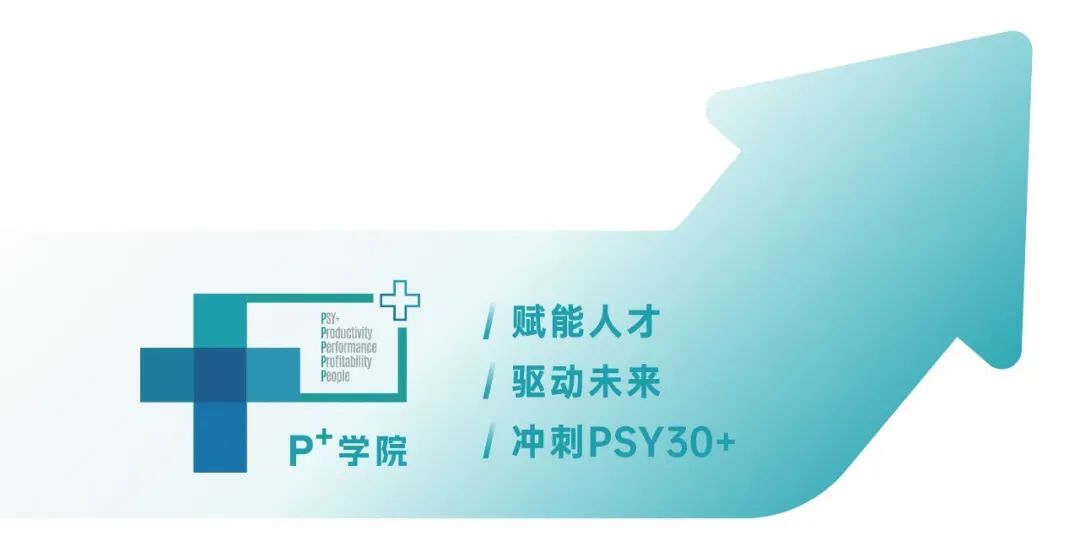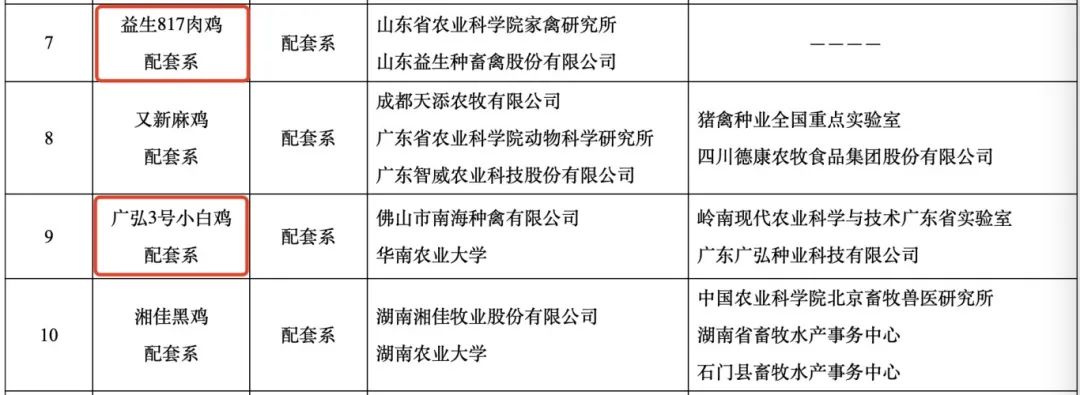Despite downturns across China’s feed enzyme sector, Danisco Animal Nutrition and Health posted a notable 10% increase in sales in 2024. What explains this growth in an otherwise shrinking market? A shift in strategy, technology, and local operations holds the answer.
As China’s pig industry continues to contract, the resulting pressure has extended into adjacent sectors, including feed additives. In the midst of this downturn, Danisco Animal Nutrition and Health has bucked the trend, posting a 10% sales growth in 2024—a performance its Global Senior Vice President, Pauel Fokin, deemed “extraordinary.”
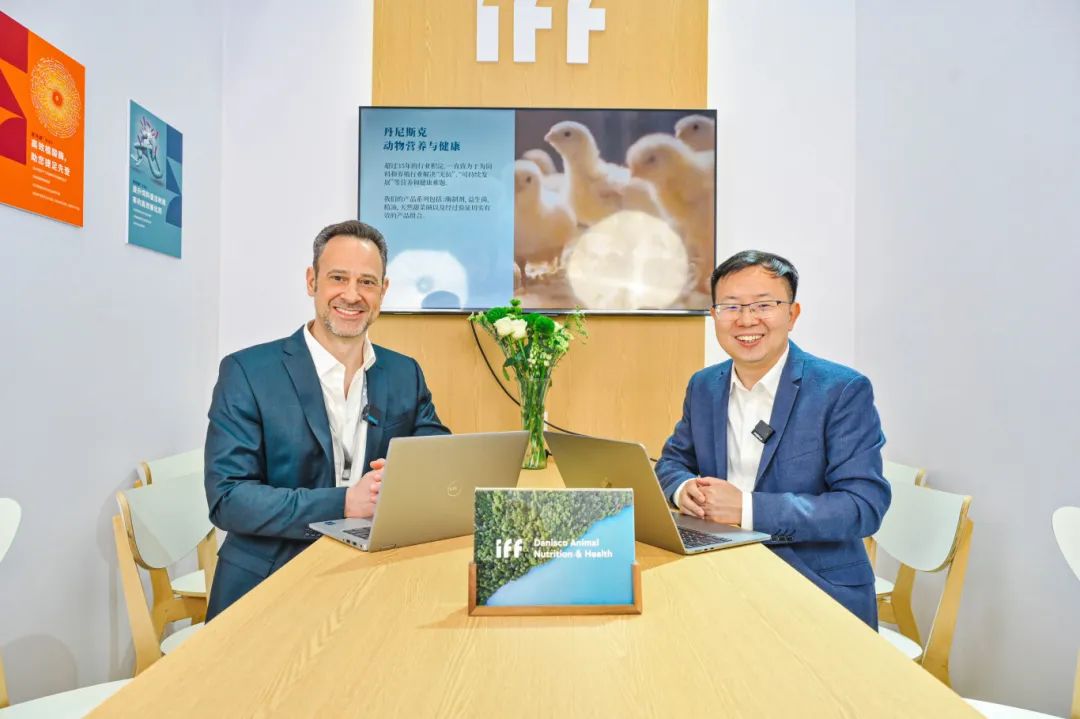
Pauel Fokin (left) interviewed by Allen Shu, AgriPost Managing Editor
Rather than simply riding out the storm, the company leaned into transformation. Danisco shifted its positioning from a product provider to a solutions-driven partner, capitalising on innovation, localisation, and technical service.
From Price to Value
“Clients used to focus on price,” said Fokin. “Now, their attention has turned to value.”Although Danisco enzymes don’t claim the lowest price tag, their contribution to feed efficiency makes them a cost-effective choice. According to Fokin, Danisco’s enzyme solutions can help customers save USD 5-10 per tonne of feed, thanks to improved nutrient availability and better animal performance.
Launch of ‘Super Products’
At the heart of the company’s success was its 2024 product strategy. Leading the charge was Axtra® Prime, an enzyme complex tailored to support piglets through the critical weaning phase. In antibiotic-free diets, the additive cut diarrhoea rates by over 50% and hit its annual sales target within two months.
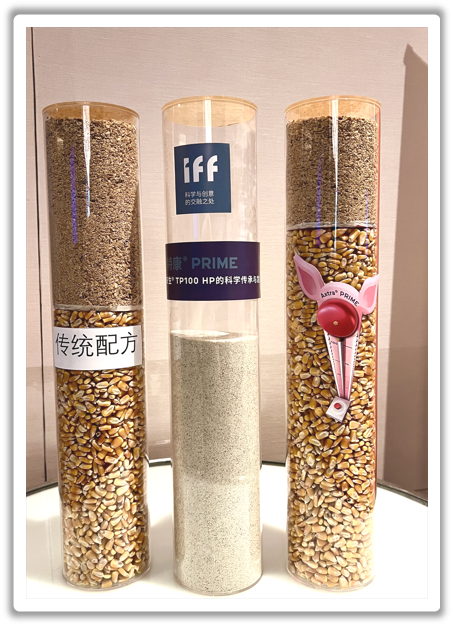
Axtra® Prime can reduce soybean meal inclusion in feed formulations
The company also doubled down on its Axtra® PHY phytase—a multi-functional enzyme that goes beyond phosphorus and calcium release to unlock amino acids and energy as well. He gave an example that even when calcium hydroxide (hydrated lime) prices drop below CNY 2,000/ton, utilizing the full nutritional potential of phytase can still achieve notable feed formula cost savings (ranging from CNY 13-20/ton,aprox.USD 1.79–2.75/tonne), demonstrating the concept of “enhancing efficiency while reducing costs”..
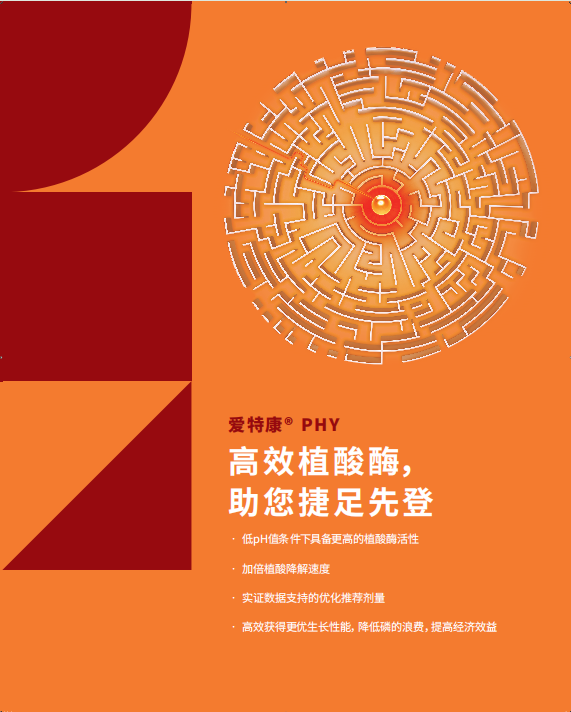
“Sales of our phytase more than doubled year-on-year,” said Wang Chengxin, head of Greater China operations. “And with reduced phosphorus and nitrogen excretion, it fits squarely within ESG targets.”
Localization Solving Supply Chain Anxiety
To reinforce supply chain resilience and cost competitiveness, Danisco ramped up local operations. Facilities in Wuxi handle blending and dilution of high-concentration enzyme ingredients imported from the US, EU, or Singapore. This approach cuts tariffs and reduces logistics costs—benefits that proved particularly crucial during periods of US-China trade friction.
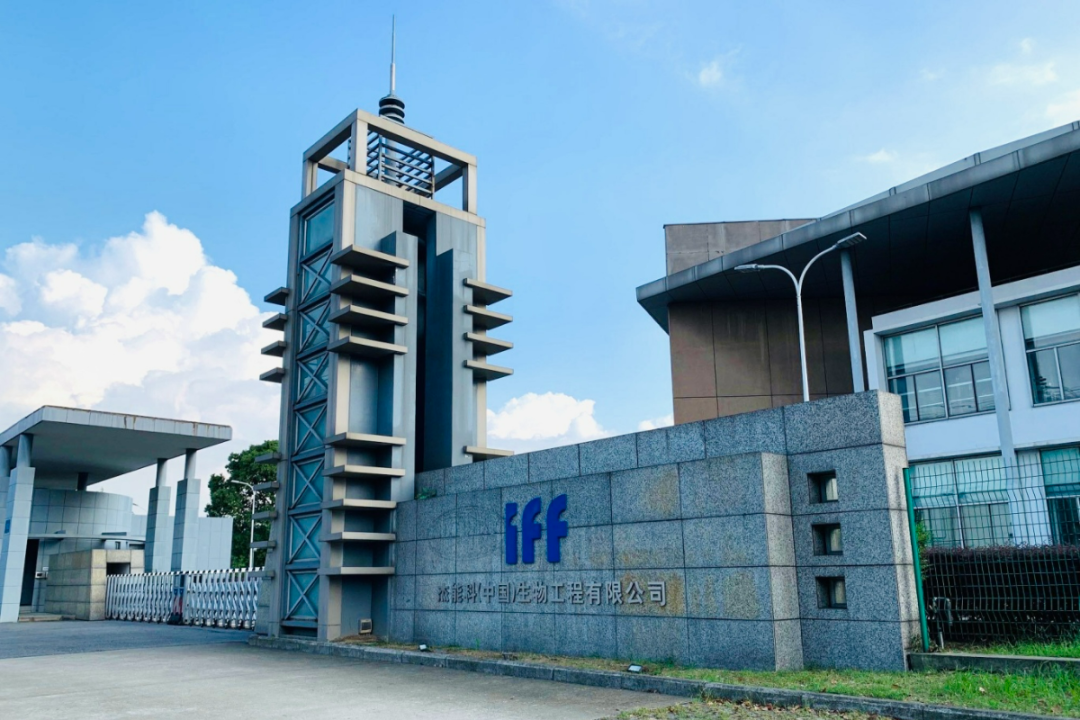
According to Wang, “Our local production site in Wuxi has helped alleviate the chronic supply chain anxiety that plagued the industry in recent years.”
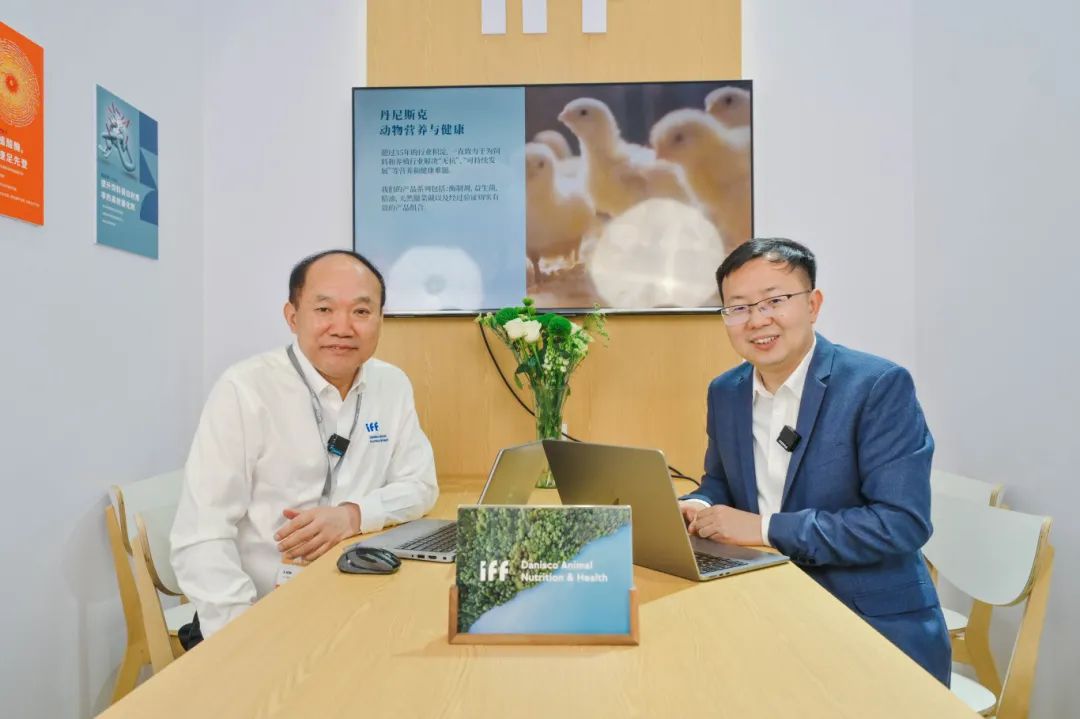
Wang Chengxin (left) interviewed by Allen Shu, AgriPost Managing Editor
High-Tech Support for Targeted Use
Danisco also upgraded its technical support offering, ensuring clients receive more than just a bag of product. Its Shanghai lab now offers one-stop feed analysis services, including tests for Proma value in corn, RSD60 for starch, phytate levels, and calcium solubility.
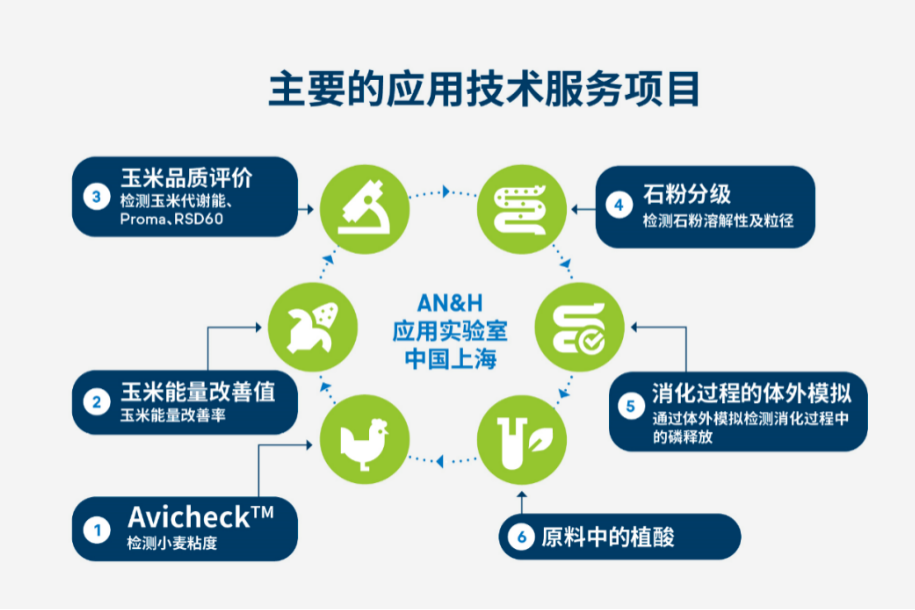
“Enzyme performance varies more than most realise,” Wang explained. “Our lab capabilities allow producers to apply enzymes more scientifically and maximise returns.”
A Sustainable Path Forward
Danisco’s approach illustrates how companies can thrive even in a declining market. By delivering cost-effective performance, improving sustainability, and offering tailored technical support, it has carved out a new role for itself in China’s evolving feed sector.
“This is what R&D investment delivers – improving animal performance while reducing production costs and environmental impact,” Fokin concluded.
AgriPost.CN – Your Second Brain in China’s Agri-food Industry, Empowering Global Collaborations in the Animal Protein Sector.

